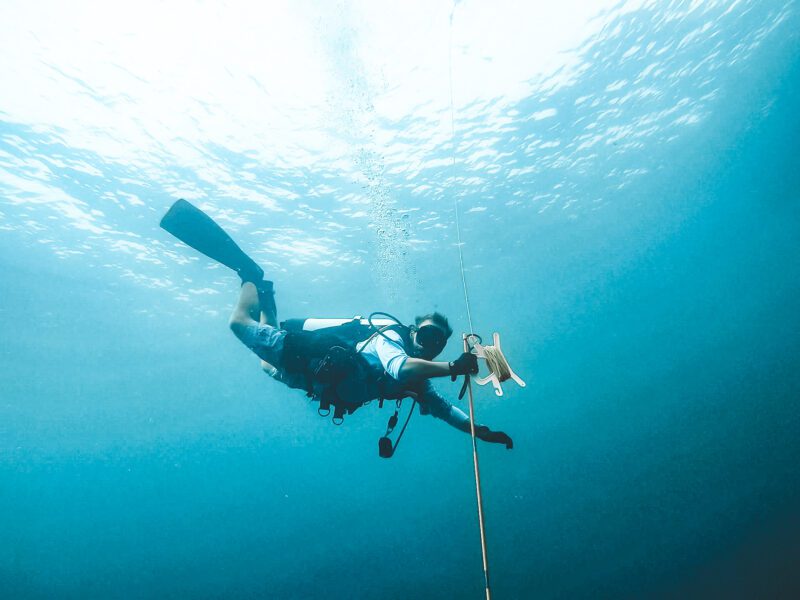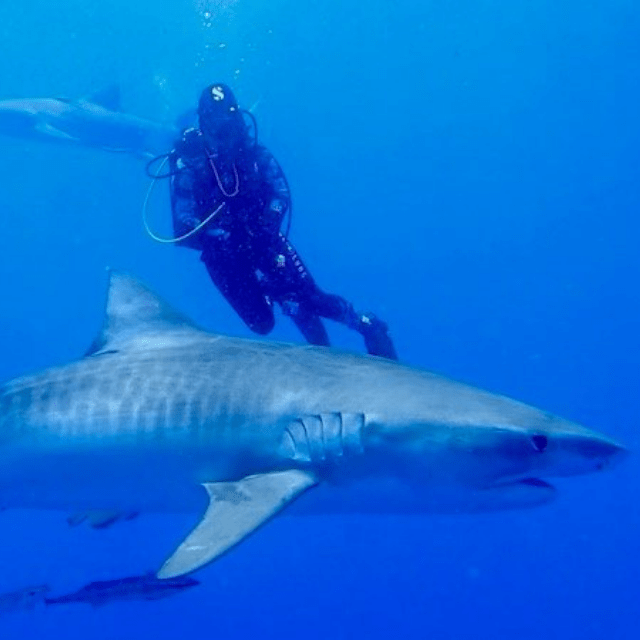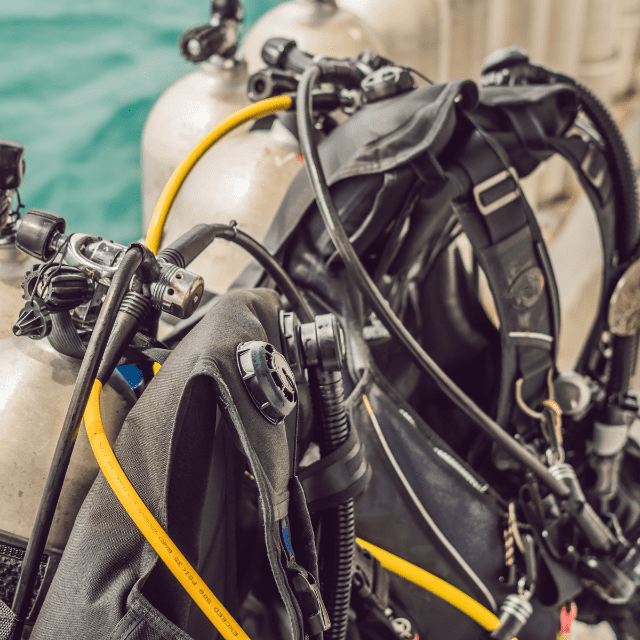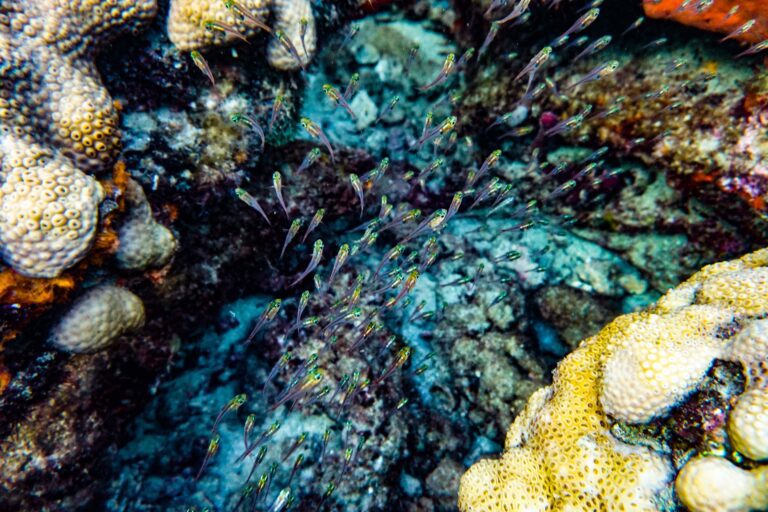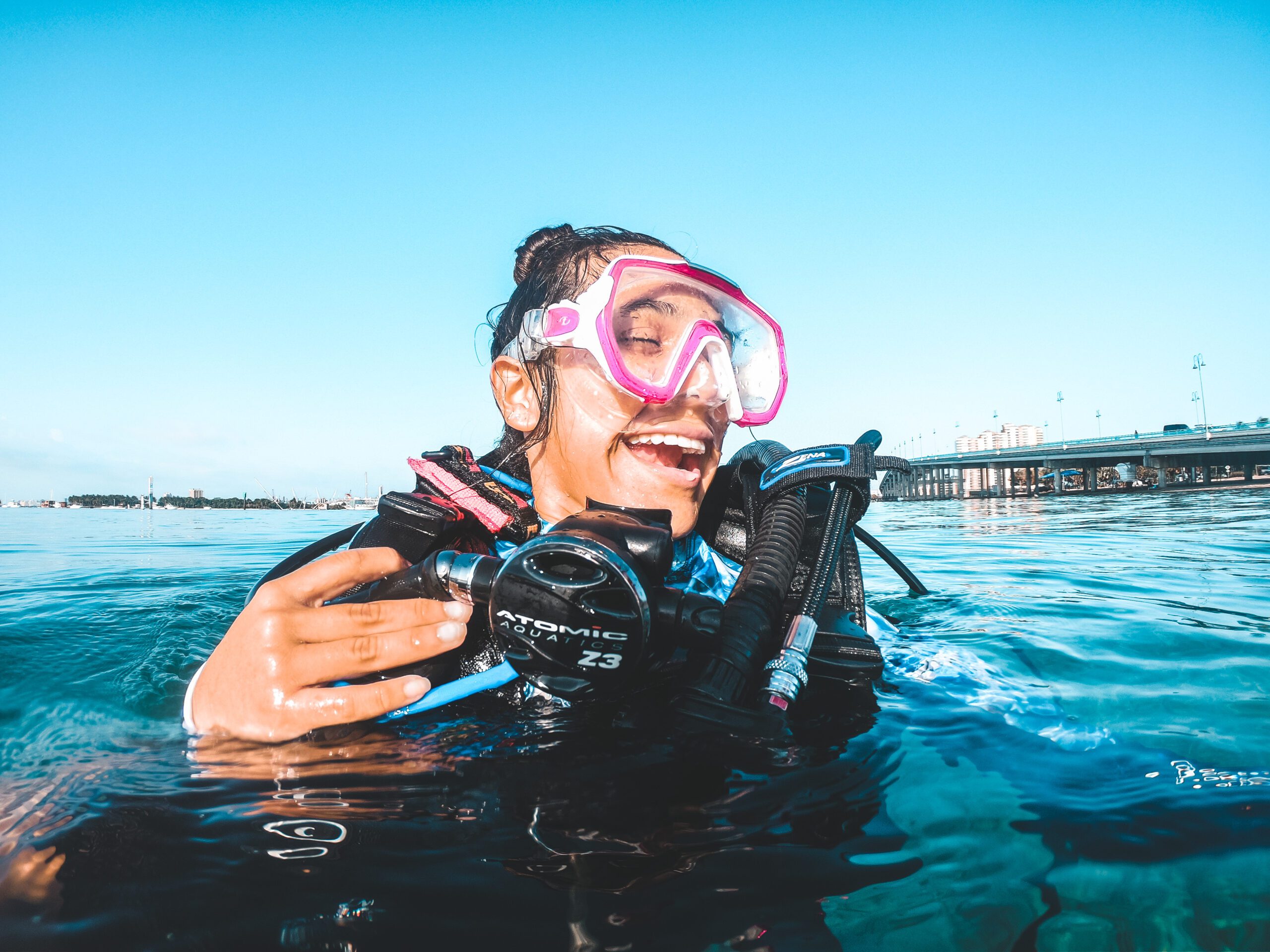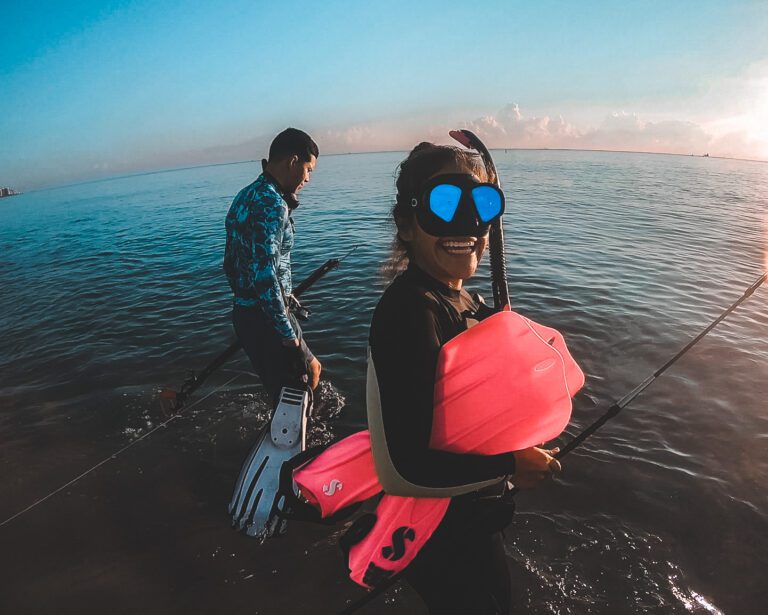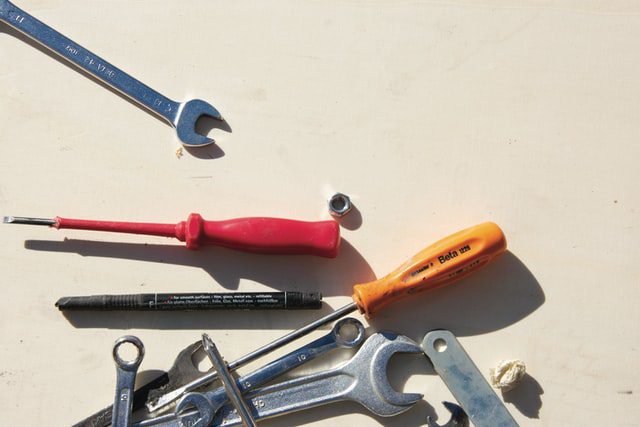The Vital Importance of a Scuba Safety Stop
What’s the point of a scuba safety stop anyway? At what depth and how long should I do it for?
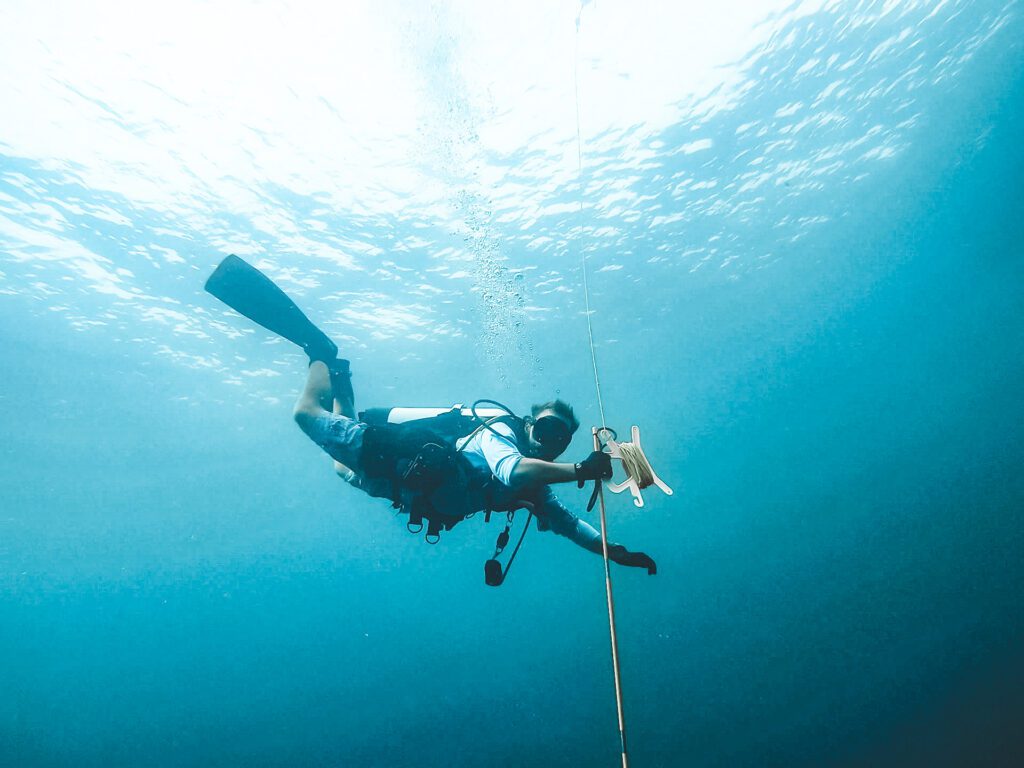
What is a Scuba Safety Stop?
Thinking of your open water diving class probably rushes back memories of random info, dive tables, and strange terms like BWRAF, PADI, and BCD (amongst other acronyms). What a confusing time that was, right?
Out of all the knowledge they bestowed upon you, the safety stop tends to be the one that gets lost on divers. You likely remember your instructor preaching it, but you may not recall exactly what the hell it means – let alone why you need to do it.
The scuba safety stop is used to reduce detectable bubbles in a diver’s bloodstream following a dive that approaches no decompression limits.
Now in plain English: a safety stop helps prevent dive injuries like decompression sickness.
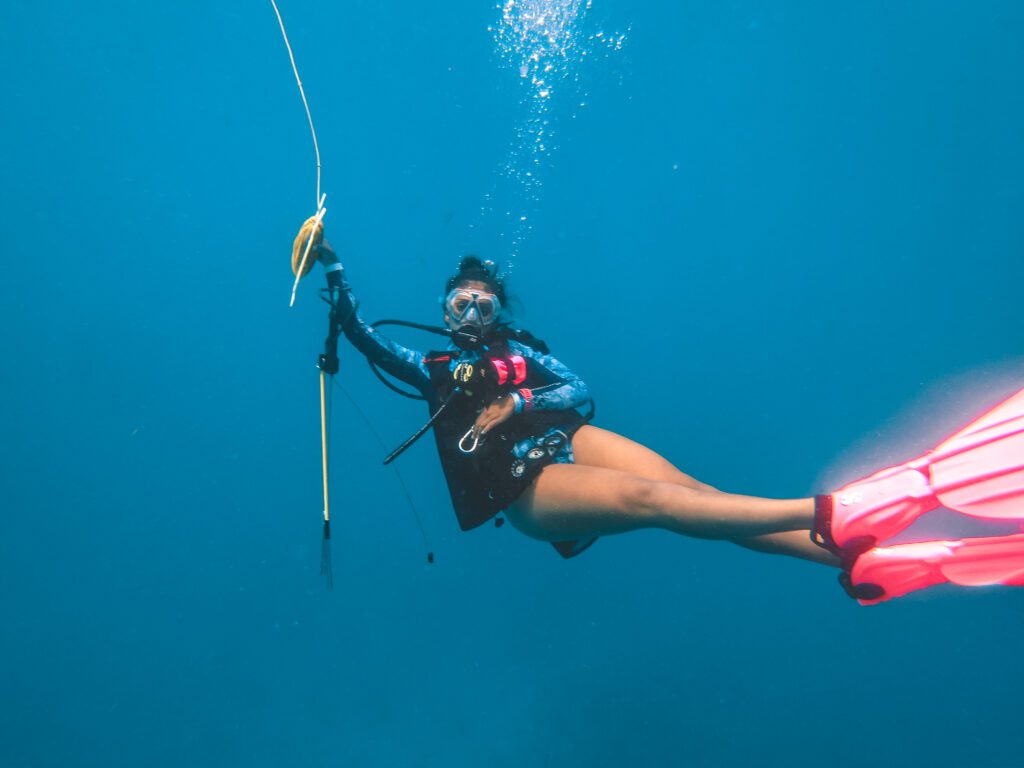
What is Decompression Sickness?
PADI’s Encyclopedia of Recreational Diving defines decompression sickness as, “the conditions caused by inert nitrogen or other gas coming out of solution and forming bubbles within the body” resulting in the “bubbles blocking blood flow and causing other forms of tissue damage.”
Not good. Like really not good. Decompression sickness can be mild like achy joints or something entirely serious and hospital inducing. Best help prevent it with a safety stop!
Why a Scuba Safety Stop Prevents DCS
Okay but how does it prevent DCS? If every major scuba certification agency is going to require I do this, best be for good reason, right?
In 1975 a researcher named Any Pilmanis put the idea of a safety stop to the test. He monitored divers descending to 30 meters (100 feet) at a no stop limit of 25 minutes. One group didn’t do a safety stop while two others did a 2 minute and 5 minute safety stop at a 10 feet depth.
The results? The group who stopped for 2 minutes reduced detectable bubbles in their bloodstream by a factor of 5. Astonishingly, the group who stopped for 5 minutes essentially eliminated any trace of measurable bubbles.
The evidence was clear. Safety stops reduce bubbles – thus reducing the risk of DCS.
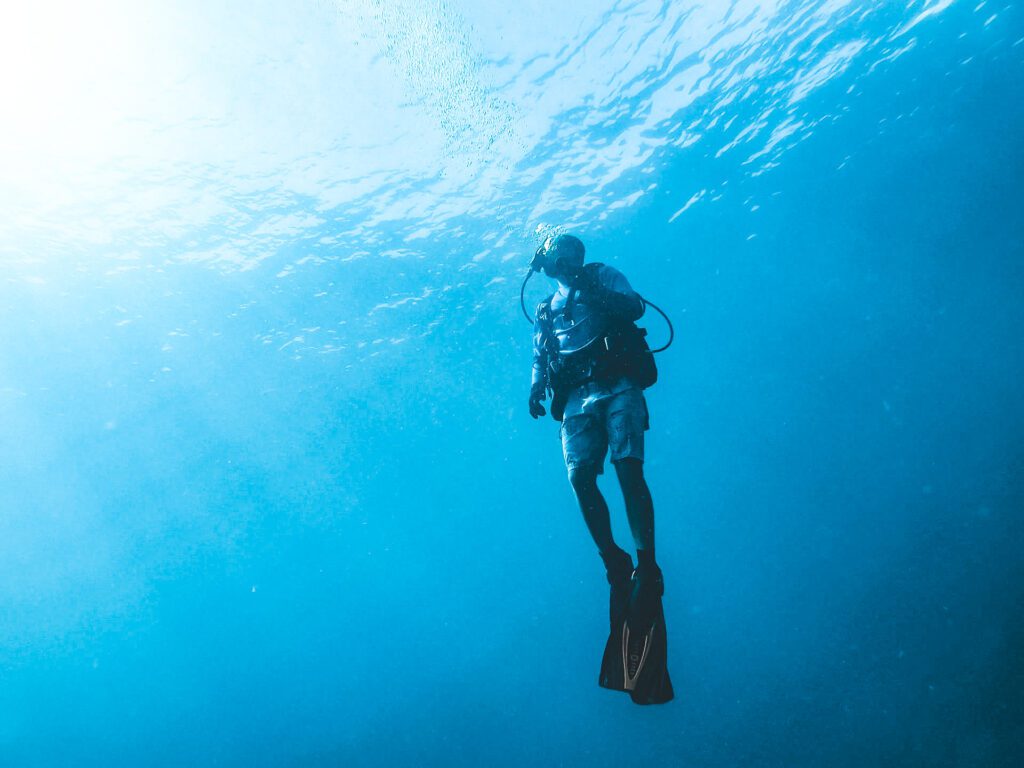
Recommendations for a Safety Stop
Every major scuba certification agency recommends a safety stop after every dive. It simply reduces the risk of adverse effects from bubble formation.
Safety Stop Depth
The best depth for a safety stop is between 15 – 20 feet. Most dive computers can be manually programmed to begin at one or the other.
Safety Stop Time
Do your safety stop for 3 to 5 minutes. Again, research shows that 2 minutes significantly reduces bubbles in the blood by a factor of 5. A 5 minute safety stop eliminates any trace of them.
Enjoy this Post? Pin it!
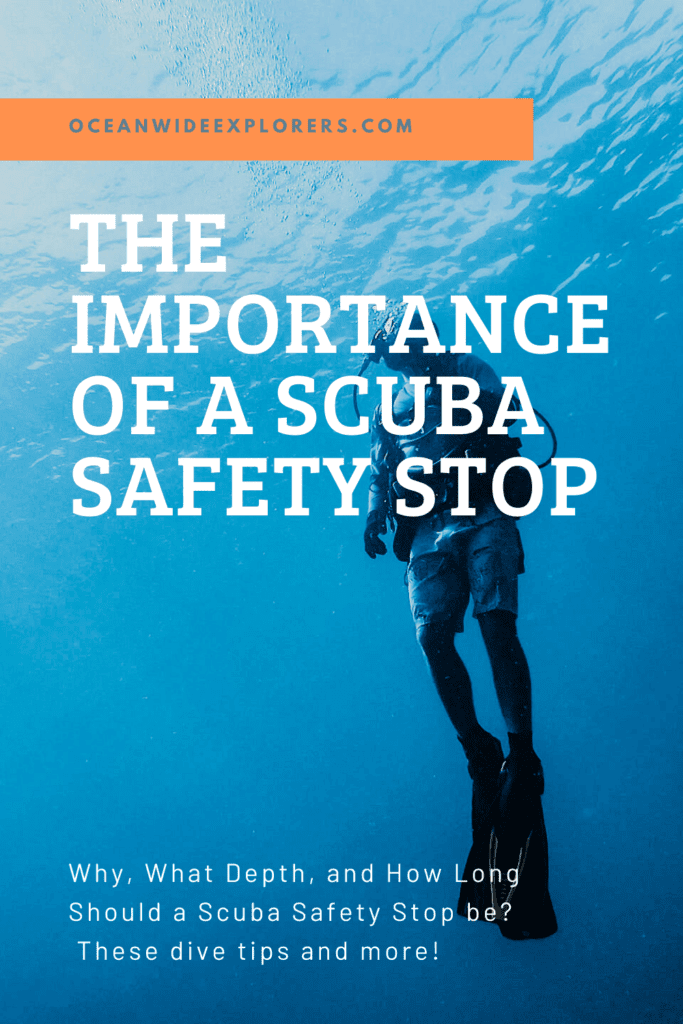
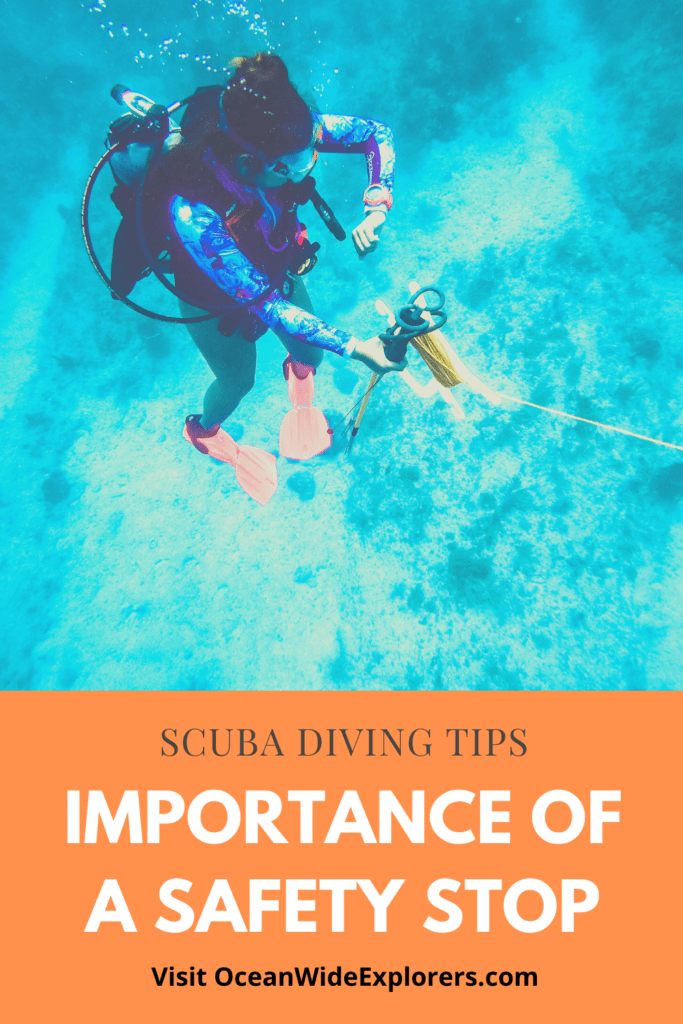
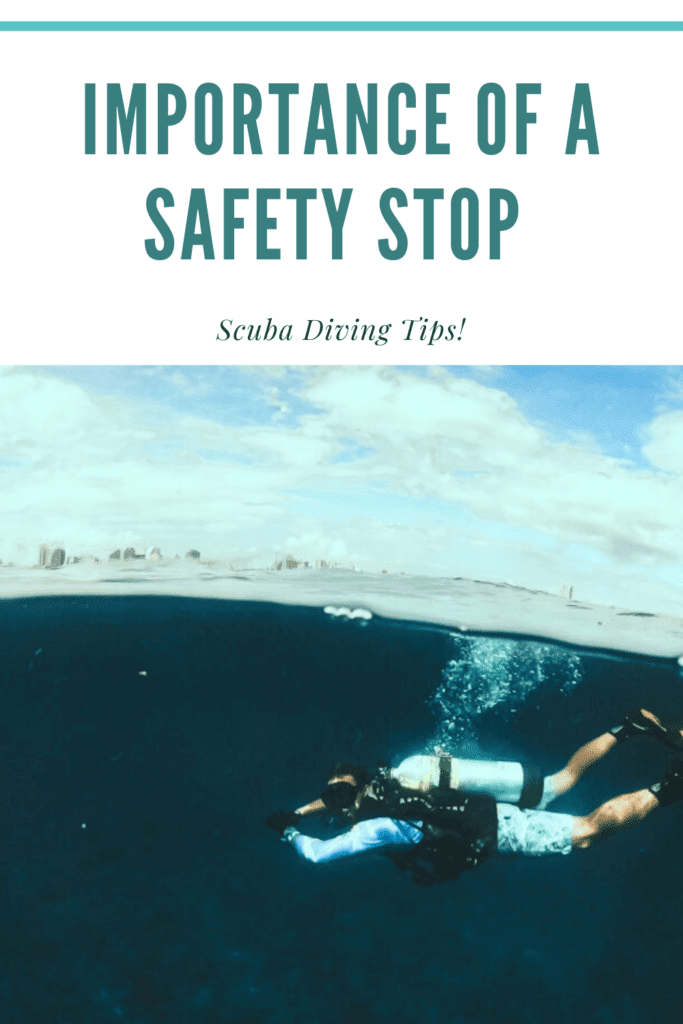
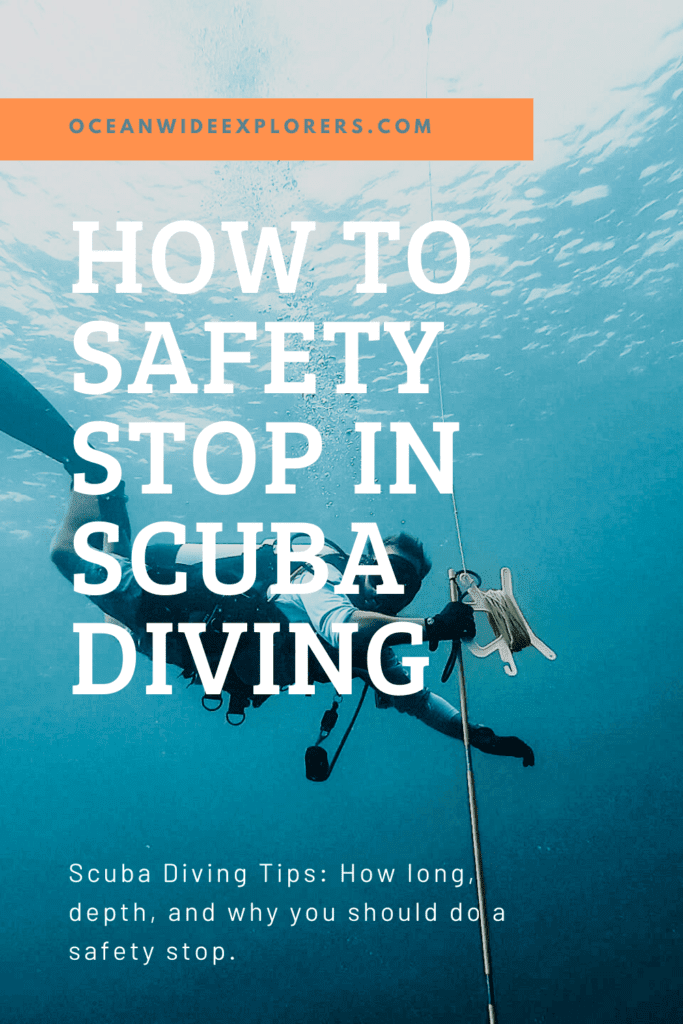
Read More Scuba Diving Tips
We hope you enjoyed our post on the scuba safety stop. Hopefully you’ll find it useful on your next adventure! Here are a few more ocean-loving articles we think you should read next:
- A Scuba Diver’s Guide to Tipping (How to Tip Your Dive Crew Accordingly)
- 13 Tips for New Scuba Divers on Your First Boat Dive
- 17 Useful Tips for Better Underwater GoPro Videos – Scuba Diving
- How to Equalize While Scuba Diving
Any tips on how to better perform a safety stop? Any bits of information we left out? Anything we should add? Leave a comment below!

